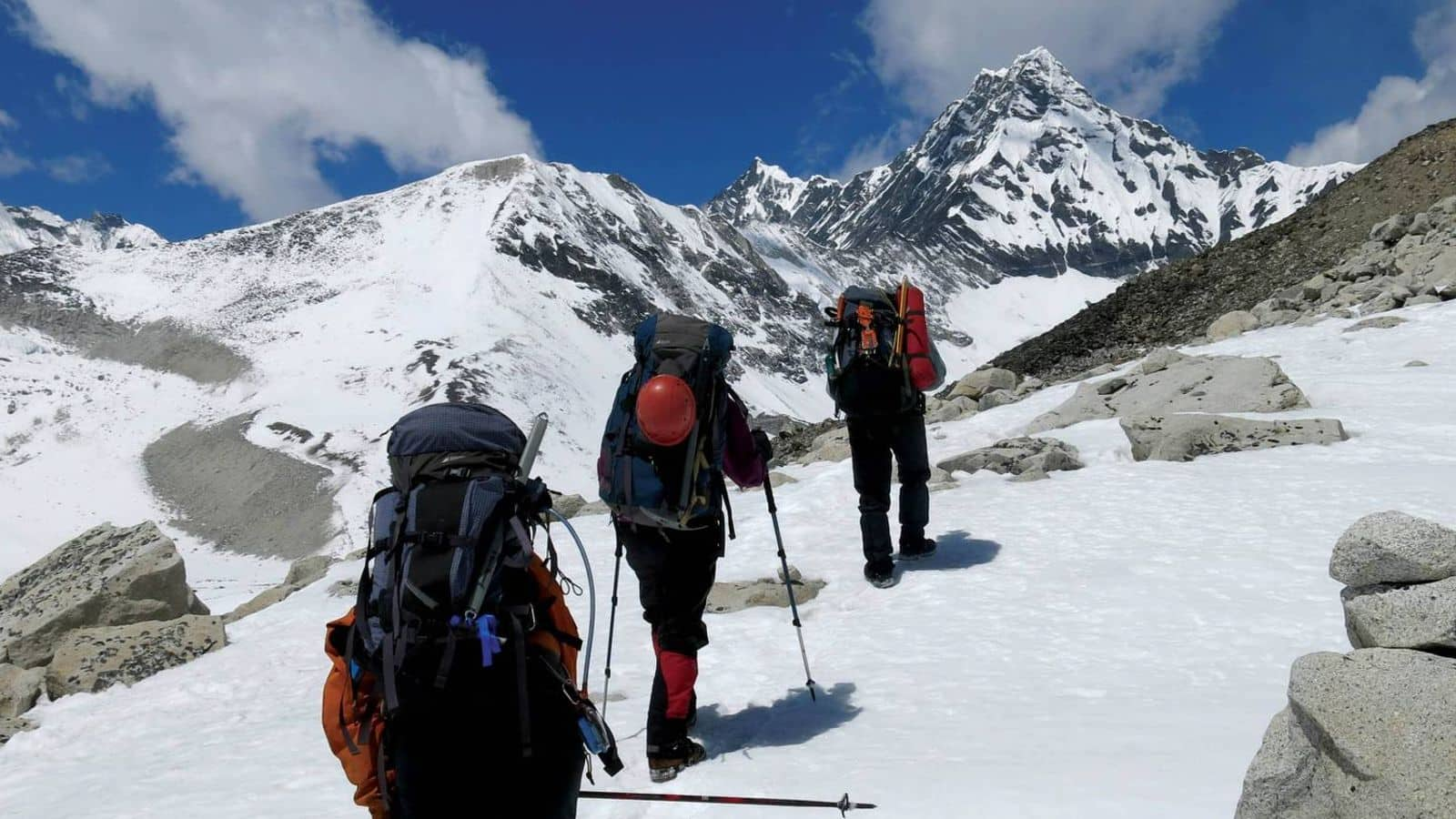
Trekking the Great Himalaya Trail, Nepal: A journey of discovery
What's the story
The Great Himalaya Trail in Nepal is one of the longest and highest trekking routes in the world.
Stretching over 1,700 kilometers across the Nepalese Himalayas, it offers adventurers an unparalleled experience of diverse landscapes, cultures, and challenges.
This trail is not just a trek; it's a journey through the heart of some of the most majestic mountains on Earth.
Preparation
Planning your trek
Before embarking on this epic journey, thorough preparation is crucial.
Trekkers should focus on physical fitness, as daily hikes can last six to eight hours across varied terrain.
Acquiring quality gear that can withstand harsh conditions is also essential.
Additionally, understanding the best season for trekking—usually April-May or September-November—can make your experience more enjoyable by avoiding extreme weather.
Cultural immersion
Navigating through cultures
The trail meanders through remote villages, allowing trekkers to dive deep into Nepal's rich cultural tapestry.
Each region along the trail showcases its unique traditions and festivals.
By engaging with local communities, staying in homestays, or participating in local events, trekkers can enrich their journey with unforgettable memories and gain deep insights into the diverse Nepalese life.
Scenic splendors
Embracing nature's majesty
The Great Himalaya Trail offers breathtaking views that are unmatched anywhere in the world.
From towering peaks like Mount Everest and Annapurna to lush rhododendron forests and serene alpine lakes, every step presents a new vista to marvel at.
Remember to pace yourself and take time to soak in these natural wonders; they are what make this trek truly special.
Responsible trekking
Ensuring safety and sustainability
Safety should be a top priority when tackling such an ambitious route.
Hiring experienced guides who know the terrain well can help navigate challenging sections safely.
Moreover, trekkers should practice "Leave No Trace" principles to minimize their environmental impact—carrying out all trash, using water purification methods instead of plastic bottles, and respecting wildlife habitats ensures that this incredible trail remains pristine for future adventurers.